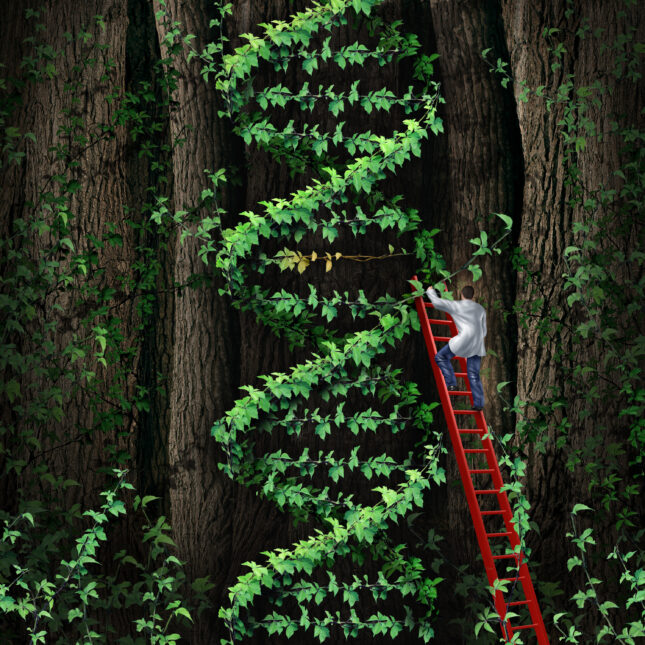
Every morning, Victoria Rasberry gets up before 6 a.m., walks to the bedroom down the hall, and helps her 8-year-old daughter Addi slide into a set of contraptions that squeeze and suck out the thick mucus constantly threatening to choke her airways closed. She feeds Addi breakfast through a stomach tube and makes sure she has the right mix of the 28 different medications required to keep her free of pain, infections, and seizures. At some point, Rasberry’s five other children will wake up and start to get ready for school, including her youngest, Oliver. At 3-and-a-half years old, he’s a typical toddler — always running and giggling and getting into things. You would never know that he and Addi were born with the same mutation lurking in their DNA, a genetic glitch that causes a fatal neurodegenerative disease called metachromatic leukodystrophy, or MLD.
“When Addi was this age she had lost the ability to speak and was already using a ventilator to sleep at night,” Rasberry said. “It’s amazing to see how well Ollie is doing in comparison. And it’s all because of the gene therapy.”
Three years ago, when Ollie was just 6 months old, he and Victoria traveled from their home in Texas to Milan, to receive a gene therapy treatment that adds a healthy version of the defective gene into patients’ own stem cells. At the time, traveling abroad for the therapy, which is manufactured by Orchard Therapeutics and was approved in Europe in 2021, was the only option for families stricken by MLD. But soon it will be available in the U.S., too.

This article is exclusive to STAT+ subscribers
Unlock this article — plus daily coverage and analysis of the biotech sector — by subscribing to STAT+.
Already have an account? Log in
Already have an account? Log in
To submit a correction request, please visit our Contact Us page.











STAT encourages you to share your voice. We welcome your commentary, criticism, and expertise on our subscriber-only platform, STAT+ Connect